Happy New Year! This year we would like to share more about Mr. Sasabe Shintaro and the cherry blossom trees. Please look forward to our articles on the 15th of each month.
In this first article of the year, we will introduce the cherry blossom viewings which were enjoyed by emperors in the Heian period (794-1192), as was mentioned in last month’s article.
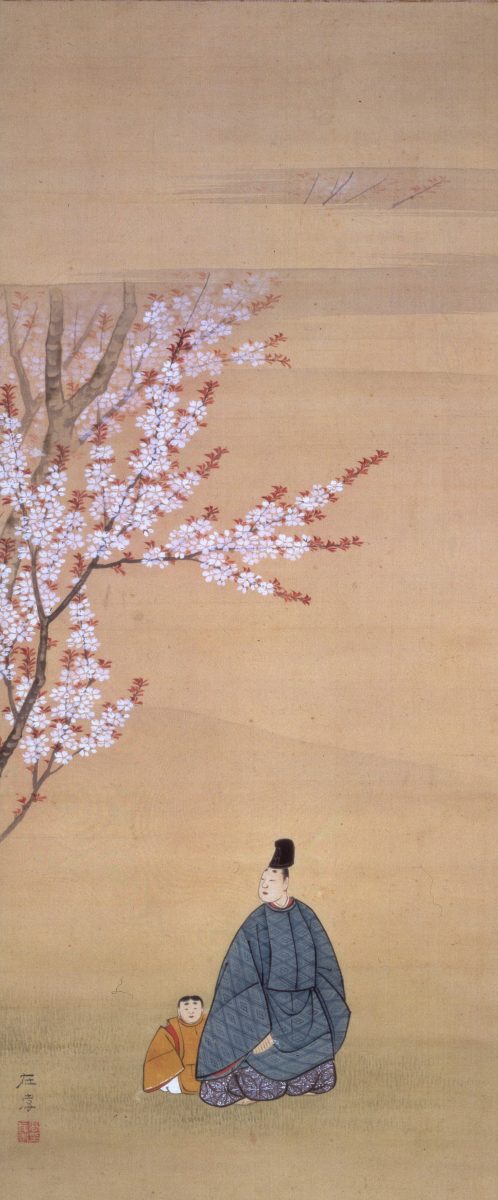
First, let’s take a look at Nihon Kōki (Chronicles of Japan) in order to understand how flower viewing was enjoyed in the Heian period (794-1192). We will specifically look at the description of Emperor Saga’s flower viewing feast at Shinsen-en Garden where court rituals took place (located in present-day Chukyo Ward, Kyoto City) on February 12, 812. At the feast, Emperor Saga was impressed by the beauty of the flowers and led the participants to compose poems to express their adoration of those flowers. This feast could be the origin of today’s cherry blossom viewings, although the variety of flower was not specified in the Chronicles. In fact, early February in the lunar calendar is around March in the Western calendar, and therefore the flowers enjoyed at the feast may likely have been a different variety than cherry blossoms which bloom in April.
Later in history, Emperor Ninmyō (808-850) held a flower viewing feast at the Shishinden Hall (the hall used by Emperors for state ceremonies) in Dairi (the Imperial Palace) in Heian-kyo, Kyoto, an ancient capital of Japan. It is thought that enjoying any kind of flower was called “a flower viewing” at that time, whereas today it specifically implies cherry blossom viewing.
Now, let’s find out if cherry blossom viewings and feasts were enjoyed by the nobles in the Heian period in the same way in which we are familiar today. As mentioned in the last article, there are records in historical books that show that some Emperors in the 9th century did go on cherry blossom viewings. According to one historical book, both Emperor Montoku (850-881) and Emperor Seiwa (850-881) visited the Somedono Palace of Regent Fujiwara no Yoshifusa (804-872) several times to see the cherry blossoms and have feasts. The book shows that grand feasts were held at his residence on February 30, 853, February 25, 864 and March 1, 866, where they enjoyed eating and drinking, composed Chinese poems, enjoyed Japanese traditional music and dance (Gagaku), and archery. These were grand events with prizes for the participants. The events were recorded with the title “flower viewings” which are known as the origin of today’s “hanami” or cherry blossom viewings.
What had inspired the Emperors to go on cherry blossom viewings in the 9th century? There are no historical records of any Emperor going on a cherry blossom viewing before Emperor Montoku and Emperor Seiwa.
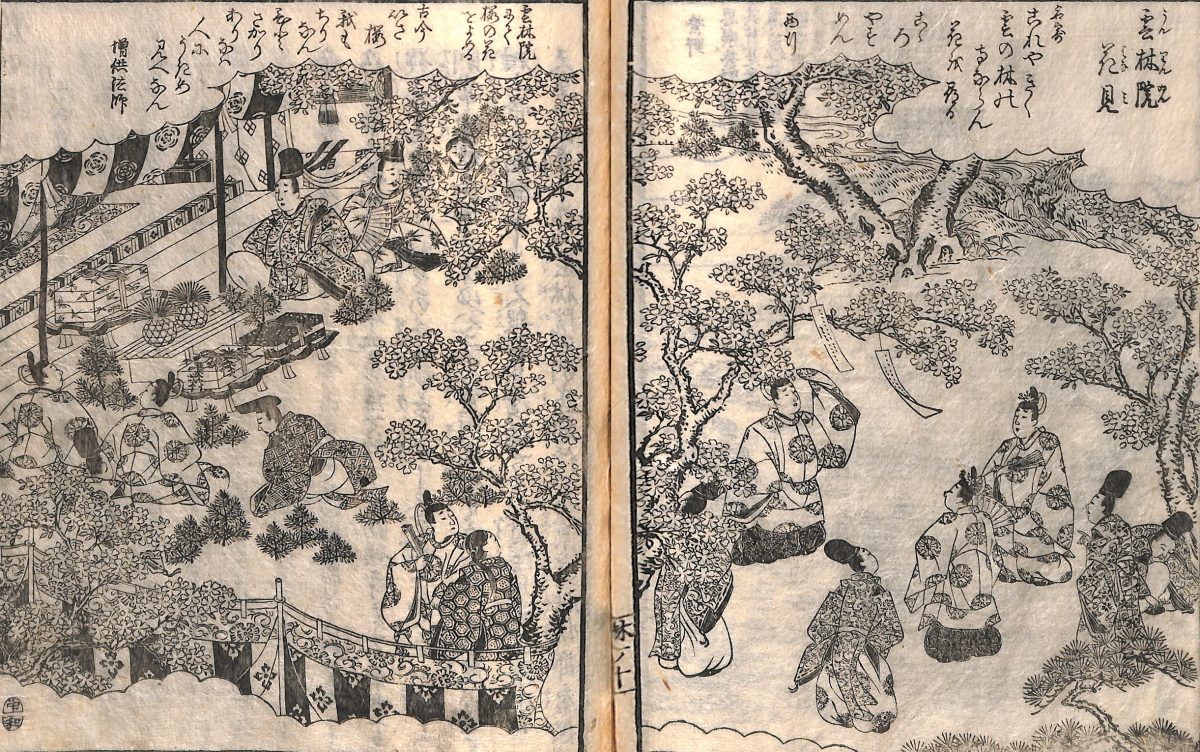
(Miyako Rinsen Meisho Zue) / Flower Viewing at Unrin-in Temple
The history is thought to be closely related to Emperor Ninmyō (810-850), who planted a plum tree in the south garden of the Shishinden Hall (the hall used for state ceremonies) in Dairi (the Imperial Palace), and replaced it with a cherry blossom tree. After Emperor Ninmyō’s death, Regent Fujiwara no Yoshifusa had a Buddhist memorial service at the palace. Fujiwara no Yoshifusa knew that Emperor Ninmyō wished to visit his Somedono palace to see the cherry blossoms, and he mourned that this was not able to happen, due to the sudden death of the Emperor (Veritable Records of the Emperor Montoku of Japan). Since then, the cherry blossom trees planted at his palace became known as ‘Emperor Ninmyō’s beloved trees’, which likely made the subsequent Emperors want to visit the palace and have feasts to admire the blossoms.
There are many more things yet to be revealed about the history of Emperors and cherry blossom viewings. The records of the three Emperors do not adequately prove that cherry blossom trees were adored by people of the Heian period. We will further dive into the history of cherry blossom viewing in the 9th century in future articles. Please look forward to the next article!


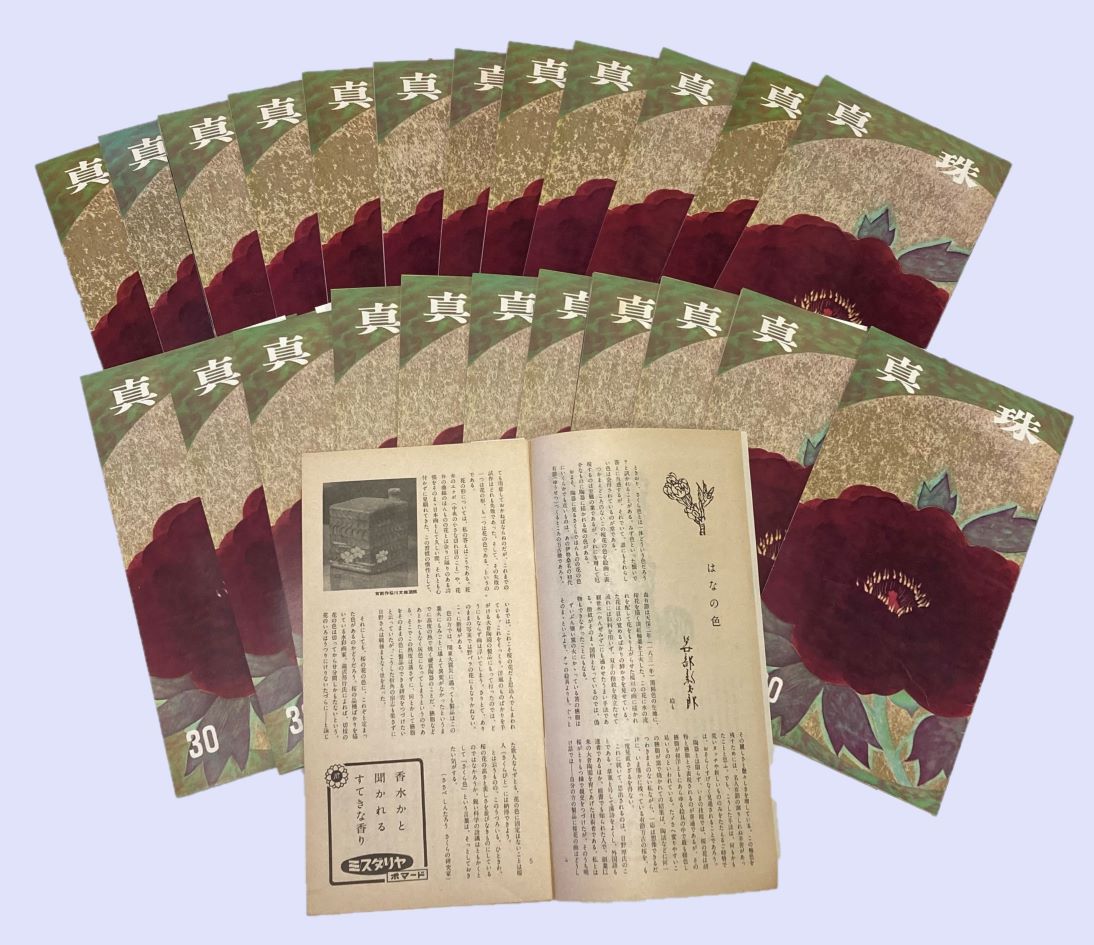
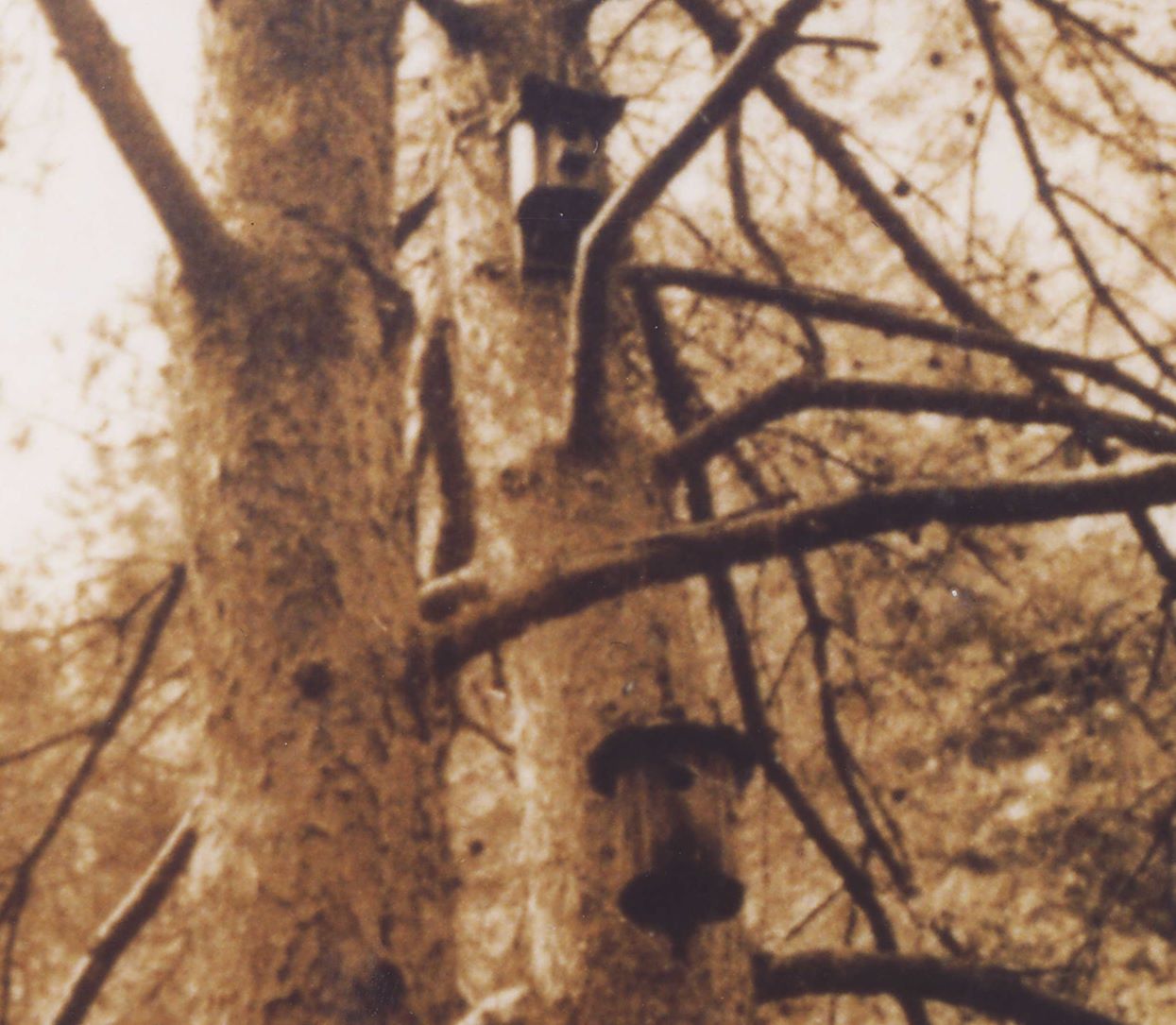
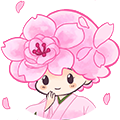
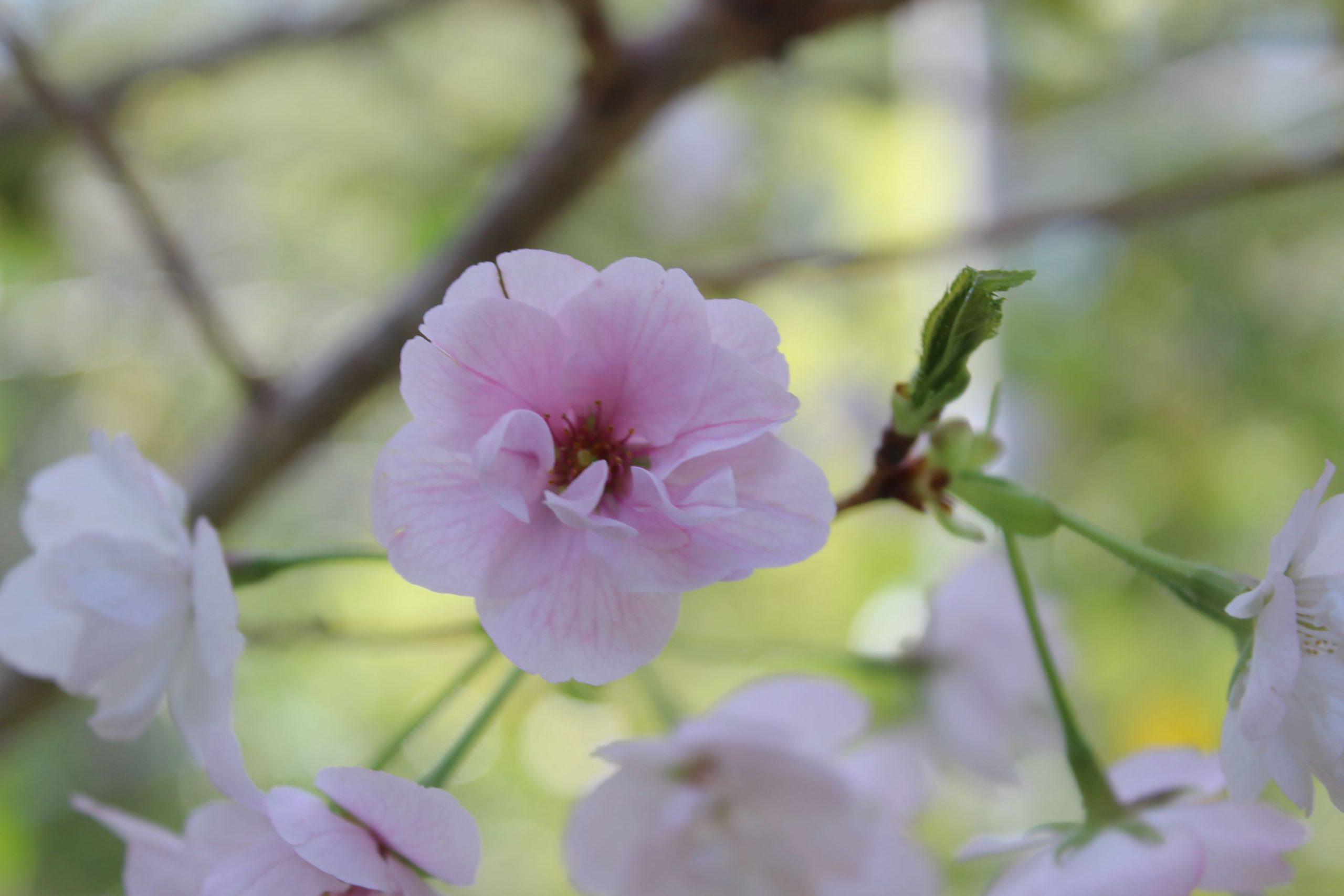


Let’s see the Sasabe’s bookshelf!